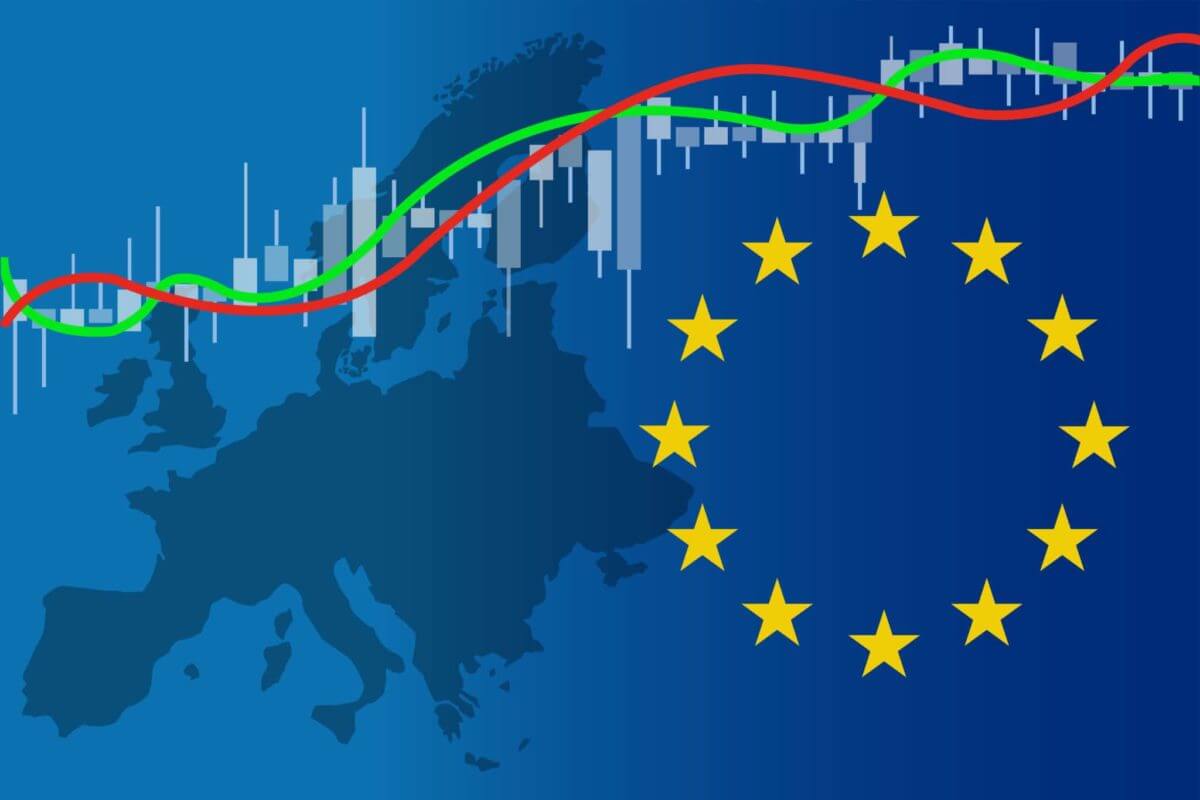
2022 Might Bring Collapse of The Euro
Despite rising producer and consumer prices, the ECB resists interest rate hikes. The most recent Eurozone consumer price inflation rate was 4.9 percent. This resulted in an actual yield on Germany’s 5-year bond minus 5.5 percent. However, producer prices in Germany increased 19.2 percent year on year in October. There is no doubt that producer prices have yet to feed into consumer prices fully and that rising consumer prices have a long way to go, reflecting the ECB’s currency debasement in recent years.
As a result, negative rates are not only increasing in absolute terms. However, they will also reach new lows due to rising producer and consumer prices. Given the magnitude of recent monetary expansion, euro interest rates will need to increase significantly to have any stabilizing effect.
It is a problem shared by the euro and the dollar. Even if interest rates only rose into marginally positive territory, the ECB would have to accelerate its monetary creation to keep highly indebted Eurozone member governments afloat. Foreign exchange markets are bound to react to the evolving situation, punishing the euro if the ECB fails to raise interest rates and rewarding it if it does. The euro’s decline will not limit exchange rates against other currencies, which face similar difficulties to varying degrees. Still, it will be especially acute when measured against commodity and actual product prices. The euro’s depreciation on foreign exchanges has arguably already begun.
Market
By December 2019, the total outstanding contracts for this type of short-term financing had risen to €8.31 trillion. Everything from government bonds. It is significant when considering that a reverse repo is the other side of a repo. Hence, the sum of the two is a valid measure of the size of the repo market. The value of repos transacted with central banks as part of official monetary policy operations was not a part of the survey and remains “very significant.”
The zero cost of repo cash raises the prospect of the ECB’s deposit rate being forced back into positive territory. The repo market will likely contract in size, implying a reduction in outstanding bank credit. Furthermore, the contraction of bank credit indicated by the withdrawal of repo finance will almost certainly have the unintended consequence of precipitating a liquidity crisis in a banking cohort with exceptionally high balance sheet gearing.
Result
As a result, the first repos not renewed by commercial counterparties are bad or doubtful collateral. We have no idea how much is at stake. However, given the incentive for national regulators in the PIGS to consider non-performing loans creditworthy to use as repo collateral, the amounts will be significant. After accepting this inadequate collateral, national central banks will be unable to reject it for fear of causing a banking crisis in their respective jurisdictions. Furthermore, suppose commercial counterparties refuse the repo collateral. In that case, they will likely have to accept additional repo collateral to avoid bank failures.
The crisis caused by rising interest rates in the Eurozone will be distinct from confronting US dollar markets. With the Eurozone’s global systemically important banks (G-SIBs) geared up to thirty times measured by assets to balance sheet equity, rising bond yields of a few percentage points will likely collapse the entire euro system.
-
Support
-
Platform
-
Spread
-
Trading Instrument




